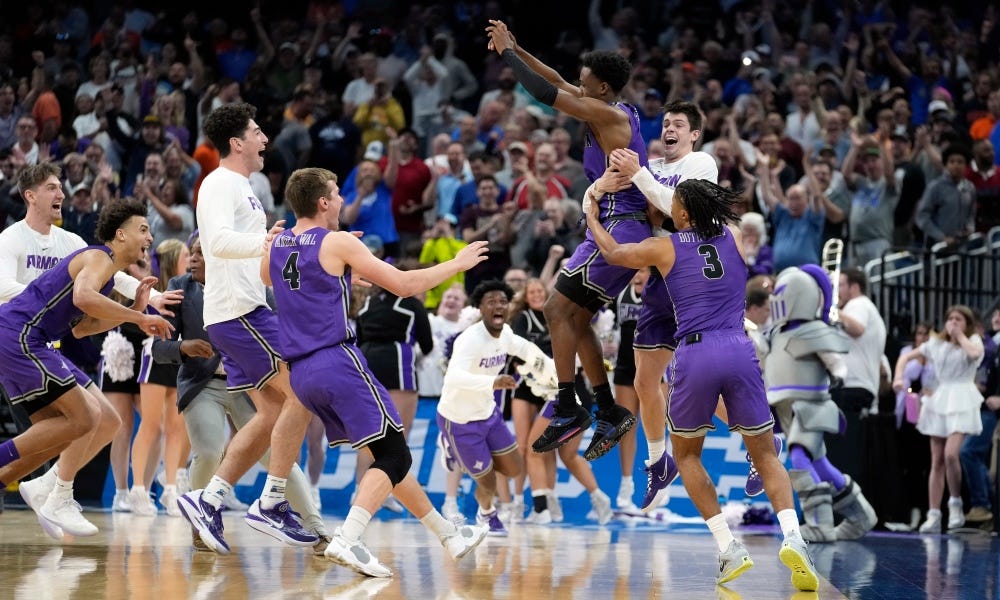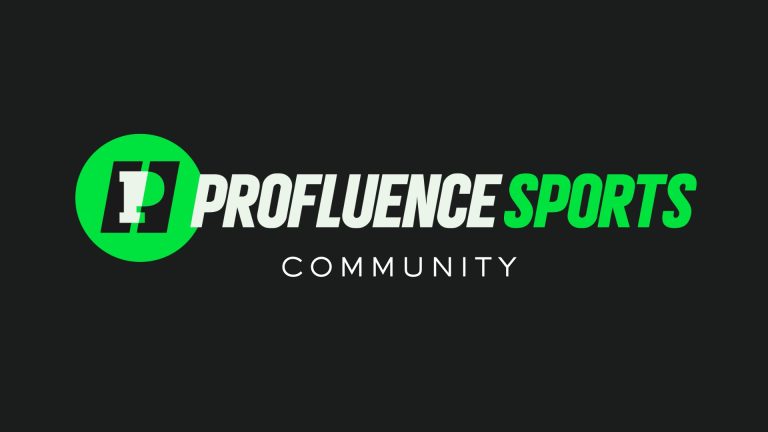I’ve had these thoughts scrambled in my head for quite some time and I think you’ll find them interesting.
But it all comes down to this — NIL will transform everything about sports.
No matter if you’re a league, team, or company you should be paying attention to its side effects.
It’s much bigger than just athletes signing brand deals.
Let’s Dive In 👇
How Big is the NIL Market?
When looking at the market for “NIL Deals” you’re already looking at a $1B industry.
Add in 130 FBS schools spending an average of $10M a year through collectives, you reach another $1.3B.

Add in the software, tools, and services that make this industry spin and you’re talking another few billion.
All in all = $10B by 2025.
While I’m attempting to put a dollar value on the market — the true value of NIL is much bigger (and almost impossible to calculate).
Why?
An athlete receiving a $100,000 brand deal adds $100,000 to the market size.
But a college athlete starting their own company because they now have NIL money can’t be calculated.

No NIL = no additional company.
See where I’m going with this?
The Mindset of Athlete Entrepreneurs
Something else you can’t quantify, but can certainly observe, is the mindset shift of athletes.
With college athletes (and many high schoolers) finally able to make money — you would think they would be money-hungry.
While that is true for some, many are also thinking about the future.
They see how Chris Paul, Naomi Osaka, and Patrick Mahomes are taking advantage of business opportunities while still playing.

They see how Pat McAfee, Serena Williams, and Roger Federer are building business empires once retired.
And this shift has transformed the mindset of athletes at younger ages — it’s not just about cars, tattoos, jewelry, and houses.
But how to:
- invest
- save on taxes
- create businesses
- find business partners
- grow their personal brands
- give back to the community
- and build generational wealth
And athletes are competitors…
Sports Are a Game
Most things in life are a game (even life itself).
For example, Social Media, Business, and Sports are all separate games.
And when you’ve conquered one game (especially one of the harder ones being sports) it becomes easier to compete in other games.

Funny enough…
Being good at sports, helps grow social media accounts and translates beautifully to the world of business.
It’s been said that “95% of Fortune 500 CEOs played college sports”.
Athletes are naturally confident and by getting money + real-world business experiences at a younger age we’re breeding some of the top entrepreneurs of the future.
This will change dynamics across a lot of industries.
Athletic Scholarships + NIL
When I was going through the recruiting process, all I was thinking about was a full scholarship at a D1 school that also provided a good education.
Kids/Parents today are starting to think about it differently…
Option #1
Earn a full athletic scholarship and make NIL money.
Option #2
Use sports as the entertainment leverage to build an audience as a sports creator. (where making it to college or the pros doesn’t matter).
I touched on this a little bit in “athletes as influencers”, but the point is that some kids are using sports as the vehicle to business success (not sports itself).

This will impact a lot over time.
March Madness Branding
This is the second year players can make money off their name, image, and likeness.
Last year, Drew Timme’s deal with Dollar Shave Club led the way pre-tournament.
And Doug Edert with Buffalo Wild Wings led the way during the tournament.
I still think brands can use NIL better.
In years past, the only option for brands was to run traditional TV/Digital Ads.
There are now 3 options:
- Traditional TV/Digital Ads
- TV/Digital Ads with NIL Deals
- NIL deals through just social media
I have an interesting theory…
Which of these options will perform better?
1. Pay CBS $2M for a 30-sec ad slot on TV
2. Pay 20 basketball players $100k to promote on social media 2 times a week during March Madness

For most companies, I would say #2.
2023 will be another testing year for advertisers.
And NIL deals are up 300% this March, according to Opendorse.
NILs Impact on the Talent Gap
As you might have witnessed, the talent gap is often very slight between mid-major and high-major players/teams.

NIL is going to do one of two things…
- Shift the talent gap wider as the top schools pay for all the top playersor
- Close the talent gap as schools can now use NIL to attract better players
Which way it goes all depends on how fast schools/donors act on it.
To me, NIL should close talent gaps as the 7th best player on Duke might decide to go to a mid-major school like Bucknell.
Why?
He/she can make an equal amount of money through NIL and be the best player on the mid-major team (instead of the 7th best player on Duke).
Something else to watch…
The distribution profits of March Madness start spreading out to more conferences.

This is from 2015 — but looks similar to most years. The top 8 conferences earned 67% of all profits from the tournament.
The NCAA tournament is either going to become a scouting session for power 5 schools to pluck mid-major players.
Or…
A more equal playing field thanks to NIL collectives/money across more universities.
Venture Firms at Universities
A few weeks ago, I said it’s only a matter of time before college athletic departments launch their own venture arms.
Wednesday…
Indiana University athletics launched its own venture arm.

Universities are innovation hubs (and sports are going to benefit drastically from this).
More on this in a future piece…









